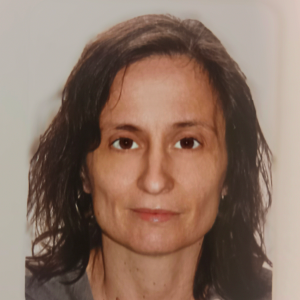Management of Aortic Rupture Course
October 28-29, 2024
INTRODUCTION
Twelve vascular surgeons who will have to deal with the management of a ruptured aortic aneurysm (RAAA) are the target audience for the novel and exclusive MARB course. It is a 2-day course that seeks to cover all the details regarding a ruptured aneurysm.
LEARNING OBJECTIVES
The course aims to offer students the skills they need to manage the RAAA comprehensively and empower them. We also intend to provide students with the tools to create a program to improve RAAA management in their centre.
We will give students the resources needed to manage a RAAA effectively, allowing them to export and apply the information and behaviours they learned in their home country.
PROGRAMME DESCRIPTION
It is a twenty-hour face-to-face course distributed over two days of intense work.
The student collaborates with peers in small groups while being supervised by tutors who are subject matter experts. Due to the focused attention, the student can clarify questions in an ongoing, casual conversation.
It involves academic components as well as a practical application of learning by putting the student in the position of the instructor
During the mornings, we will review several theoretical aspects:
- Haemodynamic RAAA approach: We will discuss the main periods in patient management and how to behave in each circumstance with the assistance of an anaesthesiologist.
- Radiological interpretation: We will review multiple CT scans' results and share the critical tools that will allow the learner to read a CT angio accurately.
- Vascular RAAA management: Being assessed by experienced Vascular Surgeons and working on a simulator, we will see how to perform an efficient aortic clamping on a critical patient
- Abdominal compartment syndrome management: We will concentrate on abdominal compartment syndrome with the help of a general surgeon to understand how to identify and treat it.
- Non-technical abilities: We will introduce you to the non-technical skills that are useful in emergencies and are required for the team to perform well.
During the afternoons, we will move to two different scenarios:
- In the dissection room, we will begin with an anatomical overview of the aorta. The student will receive a review of the essential anatomy to perform atypical aortic approaches that may allow above the renal arteries or thoracic aortic clamp. It will be followed by a practical exercise with cadaver models to put the lessons learned into practice
- In the hybrid operation room, we will put AAAR management into practice. In the end, we will do a debriefing to review the team's development during the exercise












.png)

